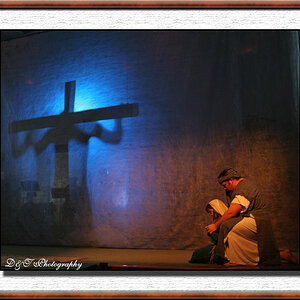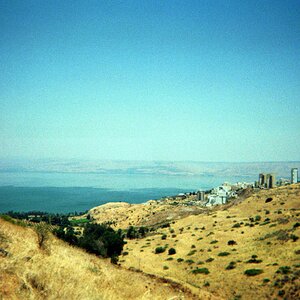Thanks for the lesson, I understand the relationship between aperture, ISO, shutter speed, and DOF....I think you are missing what I'm asking.....
Do you think that with my equipment ( listed in my signature ) will be suitable to take some hockey pictures? I was planning on starting with these settings and working from here.....ISO 1600, 1/200
Simple answer is NO. Most sports venues are dungeons with poor light. Our eyes adjust and it doesn't seem all that bad. A camera can't make that adjustment.
Your AF-S Nikkor 18-55mm f/3.5-5.6 is a short focal length for Hockey unless you are lucky enough to have your face pressed up to the glass. Then you are shooting through the glass. Plexi-glass used in hockey rinks is there for protection first, to be seen through second. Not great stuff to shoot through. Secondly if you use it at the long end you will be shooting at a minimum aperture of 5.6. Unless there is something very special about the arena you will be shooting in you will be pushing the ISO to 3200 to try and get close to a decent shutter speed. For fast action sports I never shoot slower than 1/250 and prefer 1/320 to 1/500 to stop the action.
Your AF-S Nikkor 70-300mm f/4.5-5.6 provides you with a longer focal length but you are still going to be in the 4.5 range and probably in the 5.6 range to get close to the action. As with the other lens you will be pushing the ISO to at least 3200 and still be struggling to get a decent shutter speed. The VR on the lens is useless for sports shooting, as it will not freeze the action or allow for any faster shutter speed.
Almost all of my indoor sports shooting is done with primes. 35 f1.4L, 85 f1.8, 135 f2.0L, 200 f2.8L. I rarely use my 70-200 f2.8L at indoor sports events. I like crisp shots and almost all lenses are soft at maximum aperture. With my primes I tend to bump the aperture up by 1/3 of a stop to sharpen the photo. It also allows me to shoot in the 800 to 1250 ISO range and still keep the fast shutter speeds I prefer. Much less noise than 1600 to 3200.
Low light - fast action pretty much requires fast glass unless you are strobing the arena.


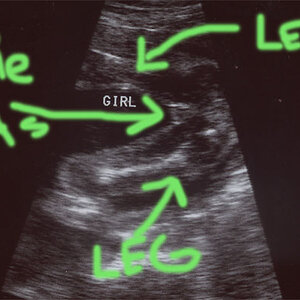

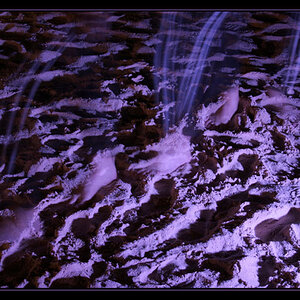
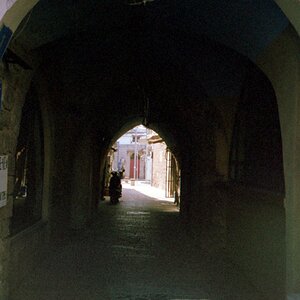
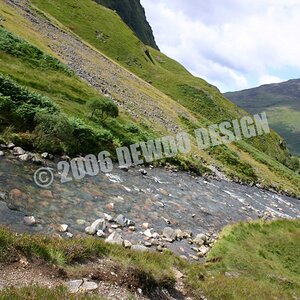
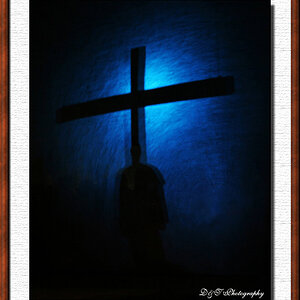
![[No title]](/data/xfmg/thumbnail/39/39225-99d579cd498f8f152a288d7e8e7ad2a4.jpg?1619738926)


